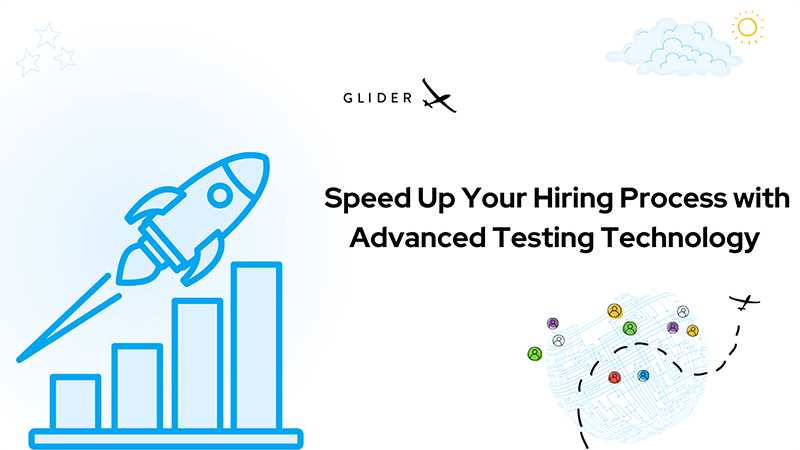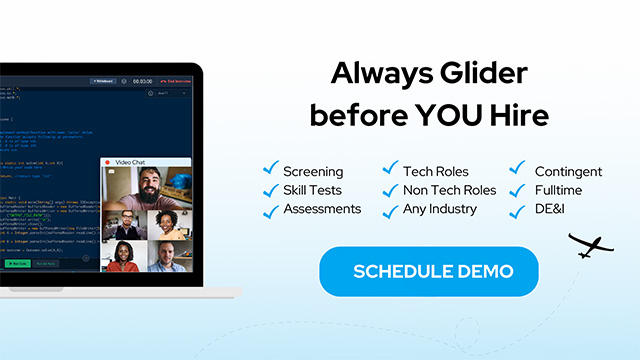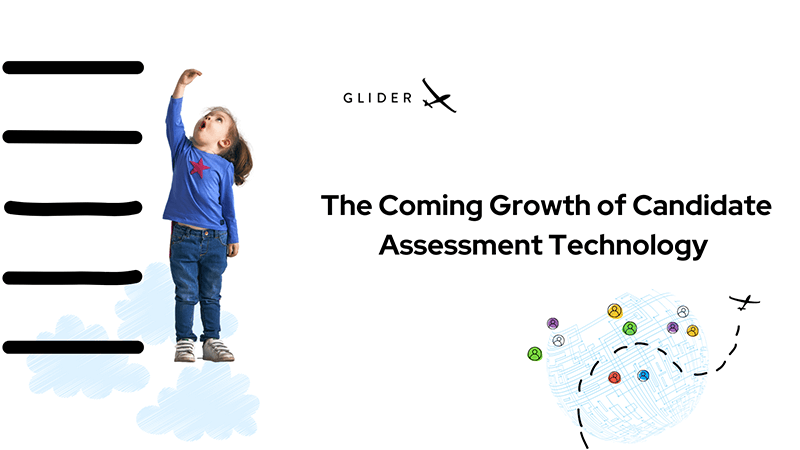
War for Talent is the “New Normal.” The outbreak of Covid-19 has accelerated the demand for quality talent everywhere, from temp staffing or temp-to-perm employment. Expectedly, candidate quality is the primary metric of talent acquisition.
Not only that, recruiters consider hiring top quality as a competitive advantage for the business enterprise. It also simultaneously enhances talent pool, resiliency, diversity, and RoI. Having said this, hiring talent can prove expensive if the process is inefficient or unoptimized. Therefore, the mantra is, “Augment your hiring process, if you want to bring in the best talent.”
Luckily tech-enabled assessments have transformed the way candidate assessments are conducted. Executive leaders are able to follow hiring practices that are not only transparent and unbiased but also inclusive throughout the recruitment funnel.
Talent quality is the prime factor that resonates with all other attributes in a candidate. Prima facie, talent quality refers to the ‘right fit’ of a candidate against the job role. In other words, talent quality has a large say in shaping the company’s future.
So, is it enough if a candidate has all the skills and abilities for the job? Does it make him/her a ‘job-fit’ candidate? Are there details that meet more than the eye?
Before we answer these questions, let’s look at the stakeholders in the recruitment ecosystem. Based on our survey from 266 representatives from staffing companies, enterprise buyers, and others in the contingent workforce ecosystem, two distinct groups emerged viz., leaders and followers.
While leaders outperformed consistently on all related metrics of talent acquisition, the latter were not confident enough on winning the tech talent war. Moreover, the survey also highlighted their differences in expertise level and candidate assessment practices.
There’s a saying that goes, “Winners don’t do different things, they do things differently” and the same applies to leaders as well. The evaluation practices they pursue are more tech-enabled than followers.
According to our research’s insights, executive leaders implement the following practices as a part of their assessment strategy:
In short, advanced tech-enabled assessments are gaining rapid momentum in the recruitment ecosystem, especially for the contingent workforce. talent acquisition experts believe AI-based evaluations lead to screening candidates without much fuss or use of extensive resources. Through this, they can achieve all three goals simultaneously: Speed, Quality, and Quantity.
Glider’s candidate assessment technology is AI-enabled. That being said, they support business enterprises to accomplish transparency, fraud-free, and unbiased hiring practices across all stages. For instance, when juxtaposed with traditional tests, Glider’s interactive assessments can be tailored in lieu of a company-specific environment.
Furthermore, coding simulations can auto evaluate a candidate’s on-the-job performance with real-world scenarios, be it FrontEnd, BackEnd or Fullstack programming skills.
The “New Normal” has refined recruitment practices to accommodate the apparent challenges. AI-based tech recruitment practices are indubitably contributing to hiring success in many organizations. Not surprisingly, many executive leaders have adopted them in hiring talent quality.
2022 has arrived. We certainly hope the year is full of health, happiness and positivity. We are also eager to get you a lot of updates on the recruitment and staffing industry. Subscribe to Glider’s Newsletter and never miss an update!
Also, you are just a click away from early access to the latest SIA report!



